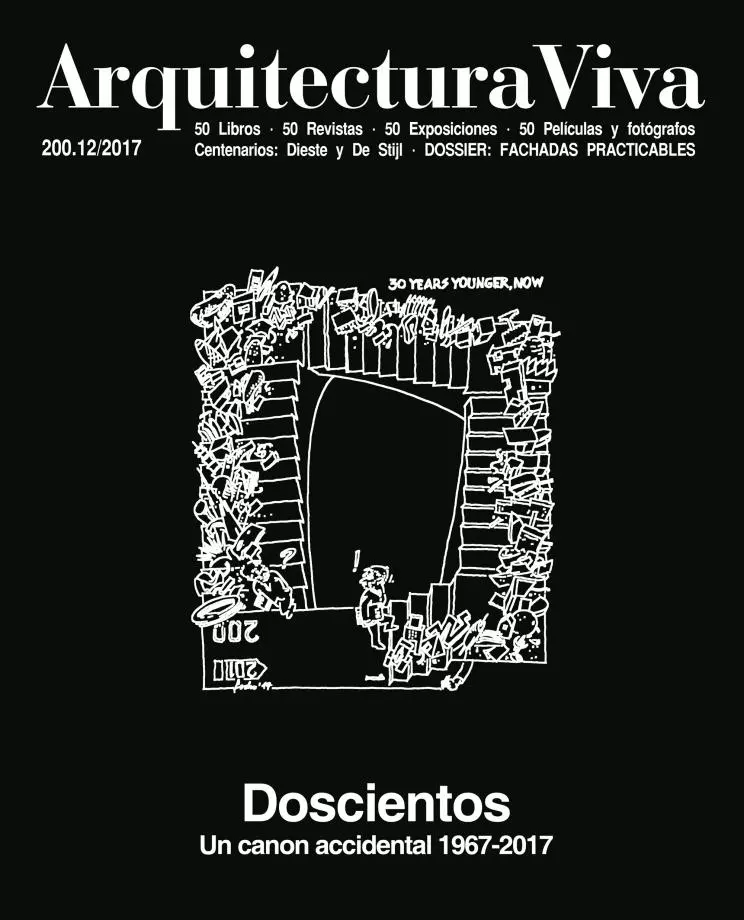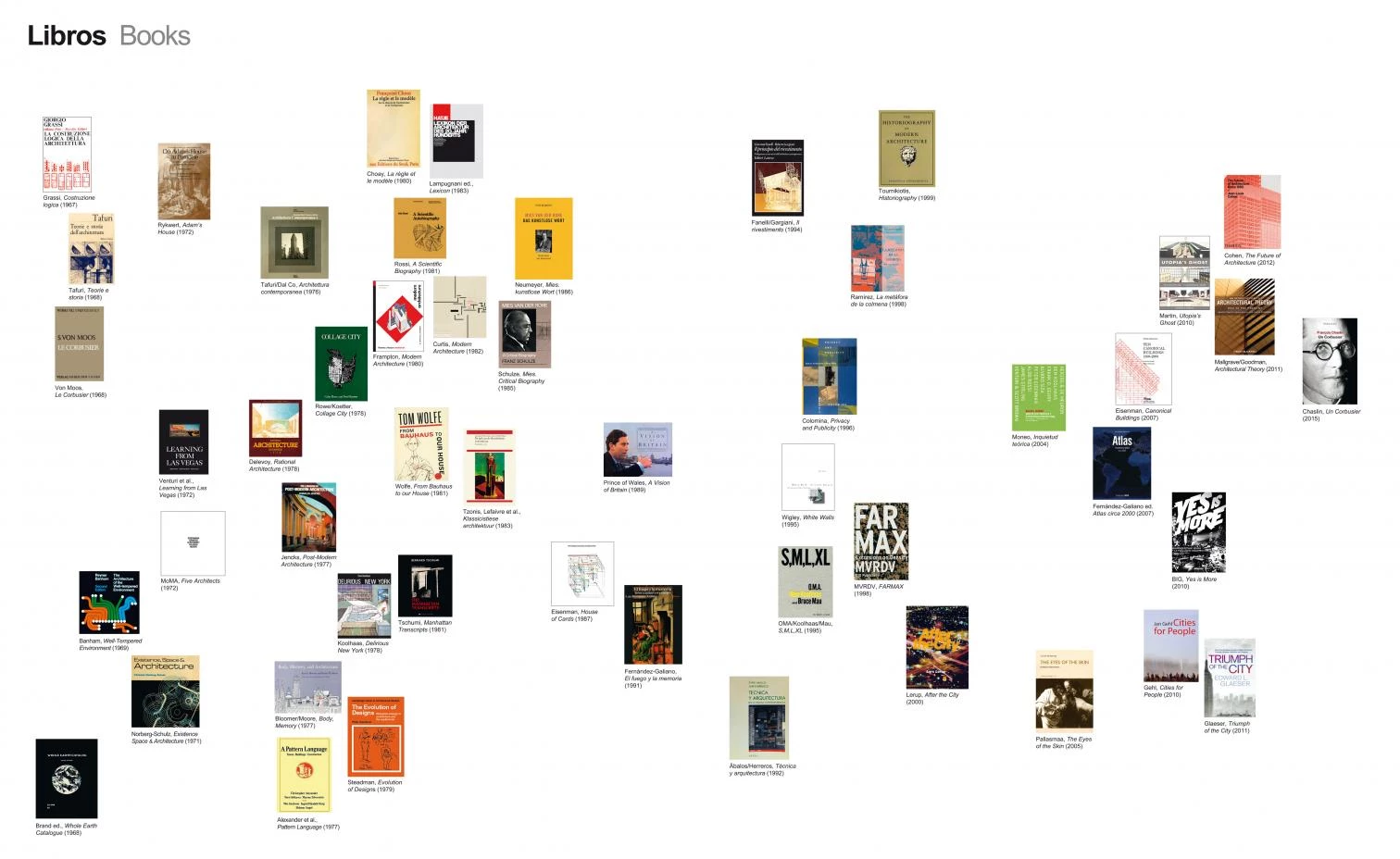
It is said that people no longer read. The Polish science fiction writer Stanislaw Lem, inspired perhaps by his colleague Isaac Asimov’s three laws of robotics, coined ‘Lem’s Law’: “No one reads; if someone does read, he doesn’t understand; if he understands, he immediately forgets.” I do not know if the law of the author of Solaris is universally true, but it reflects with caustic irony the dejection of many of those educated in Gutenberg tradition. Unmoved by such negativity, we have chosen the printing dates of two publications as chronological limit for this fifty-year canon, and selected fifty books to mark out the field of theory, criticism, and history in the half-century that stretches between 1967 and 2017. Some of them are essays of uninterrupted prose, but most reflect the visual approach of architects providing images that abbreviate their message; at least in this, the tradition of architectural literature that starts with Palladio has proven more fertile than that which comes from Alberti. If they are not read, architecture books are at least looked at.
It is clearly impossible to map such a vast territory, so we have limited ourselves to pointing out some geographical accidents that our life itinerary marks as prominent, leaving many in penumbra and forgetting about entire regions that linger on unexplored, terra ignota as in antique maps. We have also tried not to ford the same intellectual streams twice, yet the process has required returning to some particularly prolific or essential authors. With small excursions to anthropological, sociological, technical, and urban margins, practically the only area explored is contemporary architecture; and with little presence of Italian, French, Spanish, or German narratives, the discursive field is preferably that of the lingua franca of our times, which explains the overwhelming predominance of the English-language bibliography, since works conceived in other languages seem able to get disseminated and be influential only if translated to English.
The fertile Italian intellectual output, which opens this half-century with the work of Aldo Rossi that served as a support for the Tendenza, is condensed with theoretical texts by Giorgio Grassi and Manfredo Tafuri; years later the latter, with Francesco Dal Co, would write a history of contemporary architecture that was a daring revision of the monumental works of Bruno Zevi and Leonardo Benevolo. In the 1970s the likes of Carlo Aymonino, Renato de Fusco, or Paolo Portoghesi were still influential, but it is perhaps significant that Rossi’s most moving work, his ‘scientific’ autobiography, was originally published in 1981 in English. Dal Co’s ties with the English-speaking world, Vittorio Magnago Lampugnani’s encyclopedic efforts in the German context, and Roberto Gargiani’s connection with the French world mark a shift in the lines of force; and Pier Vittorio Aureli’s theoretical contributions, which stretch the ideological debates of the Italian 1960s, are now known of essentially through his books in English and teaching outside Italy.
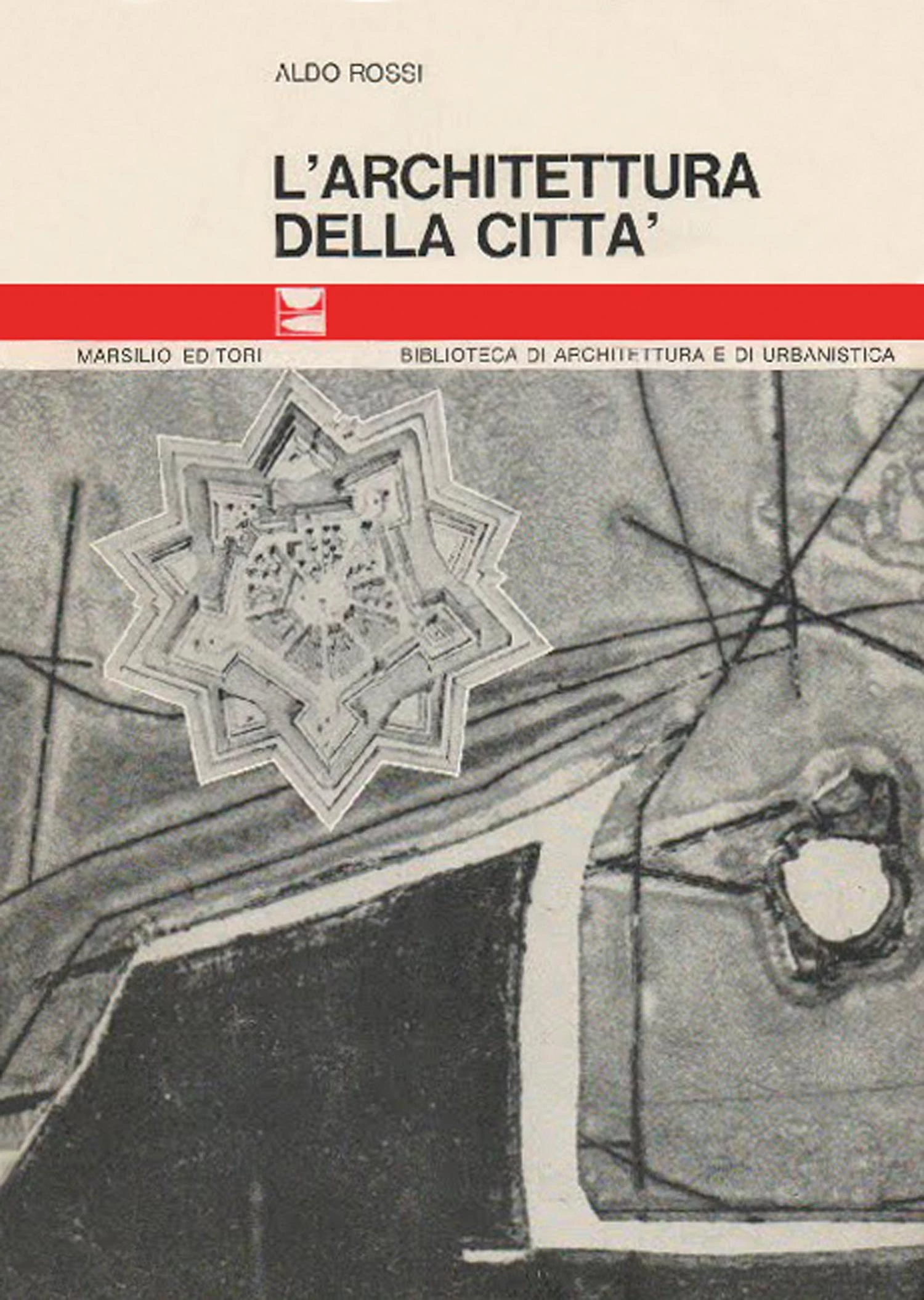
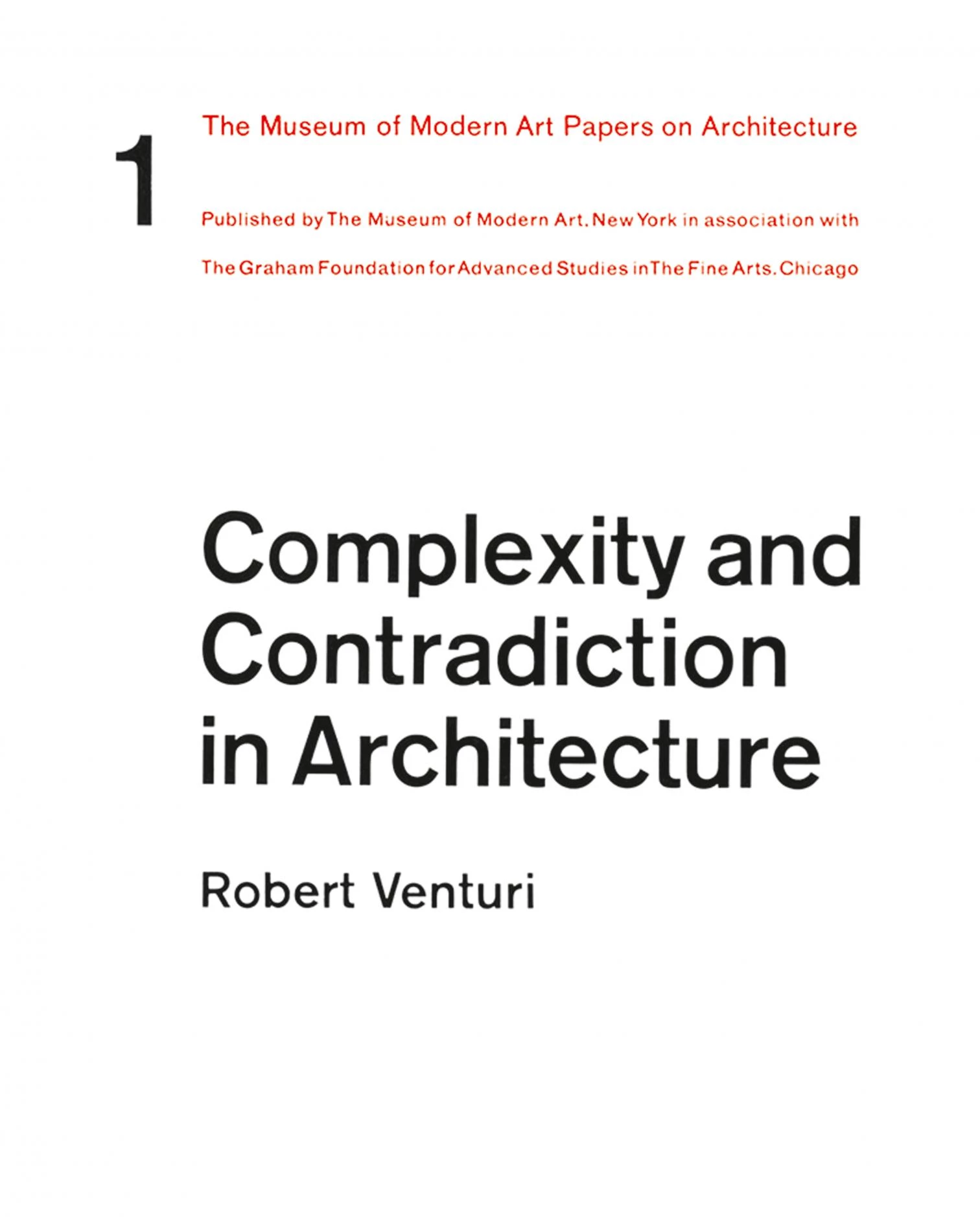
Published both in 1966, Aldo Rossi’s and Robert Venturi’s influential books marked a turning point in architecture, and their 50th anniversary is a pretext to revise the intellectual history of the latest half-century.
The other milestone of our period is Robert Venturi’s book, which extracts arguments from Italian mannerism to revise modernity’s ignorance of history, and which would be enriched with the figurative and urban populism of Learning from Las Vegas, written by then with Denise Scott Brown, to lay the foundations of a playfully classicist postmodernity that would crystallize rhetorically in Charles Jencks’s most disseminated work. The American critic had already pointed out the inconsistencies of Miesian Platonism in his dissertation, directed by Reyner Banham (Modern Movements in Architecture), questioning the modern dogmas which Tom Wolfe’s ferocious satire helped discredit in the eyes of the general public, and opening the door to a forgotten classicism which Alex Tzonis and Liane Lefaivre would codify on an abstract note, and Prince Charles of England defend in its most figurative and picturesque version. The Prince of Wales’s favorite architect was the Luxembourger Léon Krier, who with his brother Rob had done much to reinstate traditional urban planning and construction as critical instruments in the face of a modernity appropriated by corporations.
The revival of history led eyes back to the underappreciated treatises, which were studied anew by Joseph Rykwert, Dora Wiebenson, Luciano Patteta, or Hans Walter Kruft. In this intellectual climate, Françoise Choay found in Alberti and Cerdá the theoretical bases of architecture and urban planning, and her disciple Panayotis Tournikiotis brilliantly explored the historiography of modern architecture, from Pevsner, Kaufmann, and Giedion to Banham, Collins, and Tafuri. Two decades later, Anthony Vidler would approach the same theme with similar characters, but bringing in the singular figure of Colin Rowe, whose scant published work did not make him any less influential. A student of Wittkower and mentor of Peter Eisenman, Rowe’s whig formalism showed us continuities between Palladio and Le Corbusier, and held that the liberal city is just a collage of partial utopias. Eisenman, for his part, who later also would write on Palladio, applied formal analysis to the modern masters, in particular to Giuseppe Terragni, finding inspiration for his own work in their syntactic fractures.
If a large part of the revision of historiographic canons was done in exhibitions and catalogs celebrating anniversaries, monographs and histories also redrew the century’s landscapes. Le Corbusier, synthesized early on by Stanislaus von Moos, was portrayed by William Curtis, and his larger-than-life figure also suffered the beatings of a more political viewpoint in books like the one by François Chaslin; Mies van der Rohe, studied through his documents by Fritz Neumeyer and through his biography by Franz Schulze, also experienced the erosion of postmodern militancy, however much his language had become the Esperanto of the contemporary world. Authors like Mark Wigley and Beatriz Colomina showed us early modernity under the light of fashion and mass media, Juan Antonio Ramírez explored the metaphor of the beehive from Gaudí to Le Corbusier, and architects like Rafael Moneo and Peter Eisenman proposed their own canons of the contemporary, providing references to historians.
Historians, in turn, traced their maps with different purposes, offering panoramas that could hardly coincide. This was the case with the two most widely disseminated and reprinted histories, the highly ideological and political one by Kenneth Frampton and the more formal and narrative one by William Curtis, and it would happen twenty years later with the synthetic works by Alan Colquhoun and Peter Blundell Jones, or with the more monumental and recent one by Jean-Louis Cohen. And if postmodernity had been announced with books by Jencks, Portoghesi, and Klotz, its end immediately gave rise to histories that recounted its course, from Diana Ghirardo’s to Reinhold Martin’s, and of course the one by its most famous champion, Charles Jencks, published in 2011 at the same time as the best summary of architectural theory since 1968, written by Harry Francis Mallgrave and David Goodman. In a more documentary context, and inspired by Reinhard Koselleck’s conceptual history, the five volumes of our Atlas give a choral account of architecture at the dawn of the 21st century, incorporating often ignored zones like Sub-Saharan Africa or Central Asia.
The rise of postmodernity has been associated by Jorge Otero-Pailos with a certain phenomenological twist that is inevitably linked to Christian Norberg-Schulz, promoter of Heidegger among architects and who has influenced authors from Charles Moore to Juhani Pallasmaa, in a return to the sensory and tactile not far removed from Reyner Banham’s reflection on the environmental, the recovery of the vernacular and anthropological by the counterculture, or the popularity of the biological analogies studied by Collins or Steadman. Before appearing as a book in 1956, Rykwert’s research on the anthropology of urban form was in 1963 an issue of Aldo van Eyck’s magazine Forum, and this continuity with the concerns of the 1960s was also expressed by Christopher Alexander. My own book on architecture and thermodynamics – written in 1982 under the impact of the energy crisis but published in 1991 – owes as much to Banham and Steadman as to Rykwert or Choay, and advocates memory against amnesic modernity.
The counterculture wanted to reconcile crafts and roots with visionary technology, and Buckminster Fuller was the essential reference of the Whole Earth Catalog, the extraordinary publishing project of Steward Brand that inspired an entire generation, and that found its architectural expression in Lloyd Kahn’s Shelter. Also from that period were Design for the Real World by Victor Papanek and Small is Beautiful by E.F. Schumacher, two mythical books that captured the mood of ’68, and which in architecture had its technical and urban expressions in the works of libertarian flavor by John Habraken, Robert Goodman, or John Turner. The technical approach would continue in the following decades with books like the one by Ábalos & Herreros, and the debate on the city with abrasive works like those by Lars Lerup or analgesic ones like Jan Gehl’s or Edward Glaeser’s. The naive optimism of the counterculture has vanished in the latest geopolitical turbulences, but its optimistic futurism survives in the ferment that keeps moving the architectural scene, and its critical spirit in the aesthetic and ethical resistance nourished by the recent crises.
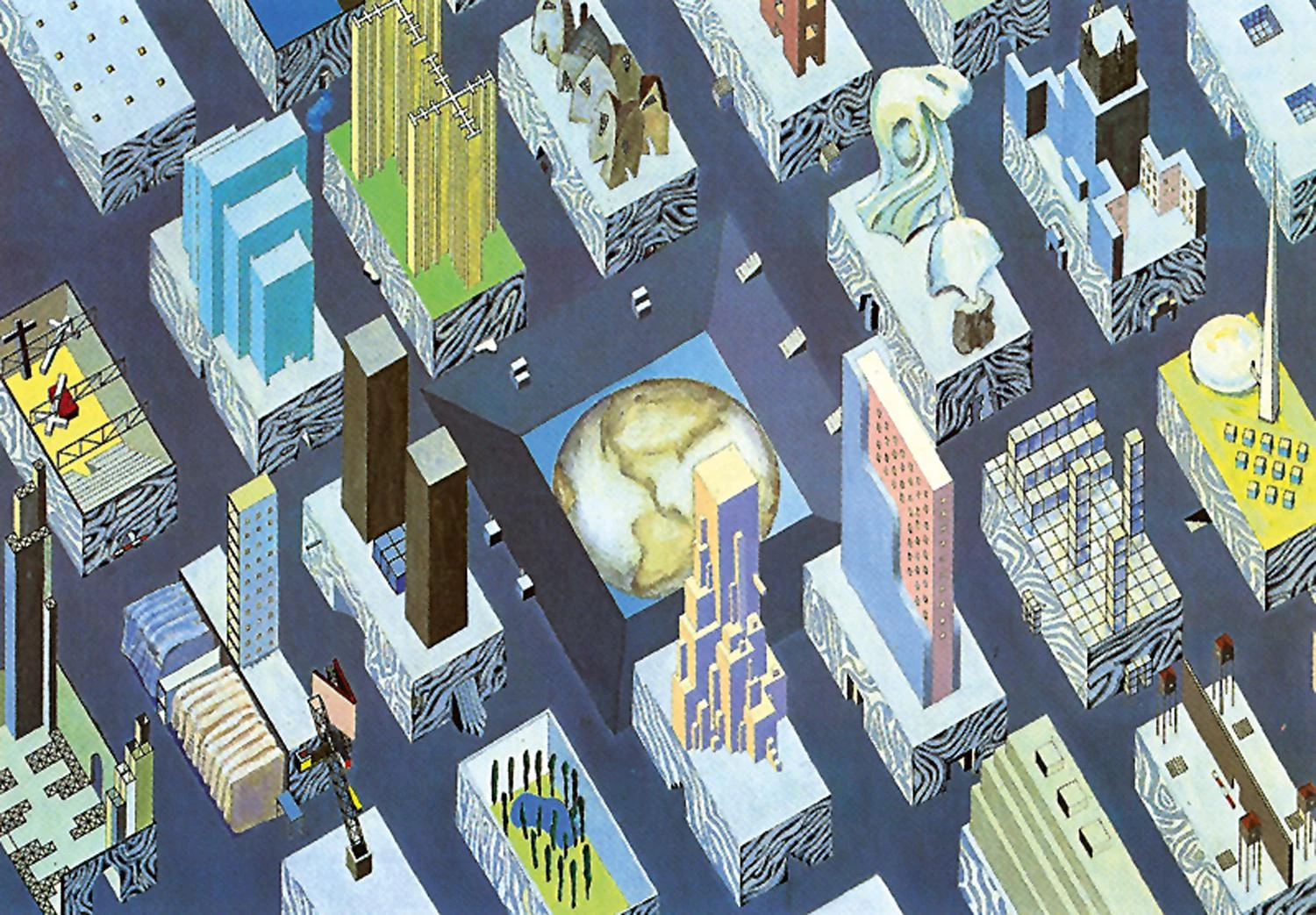
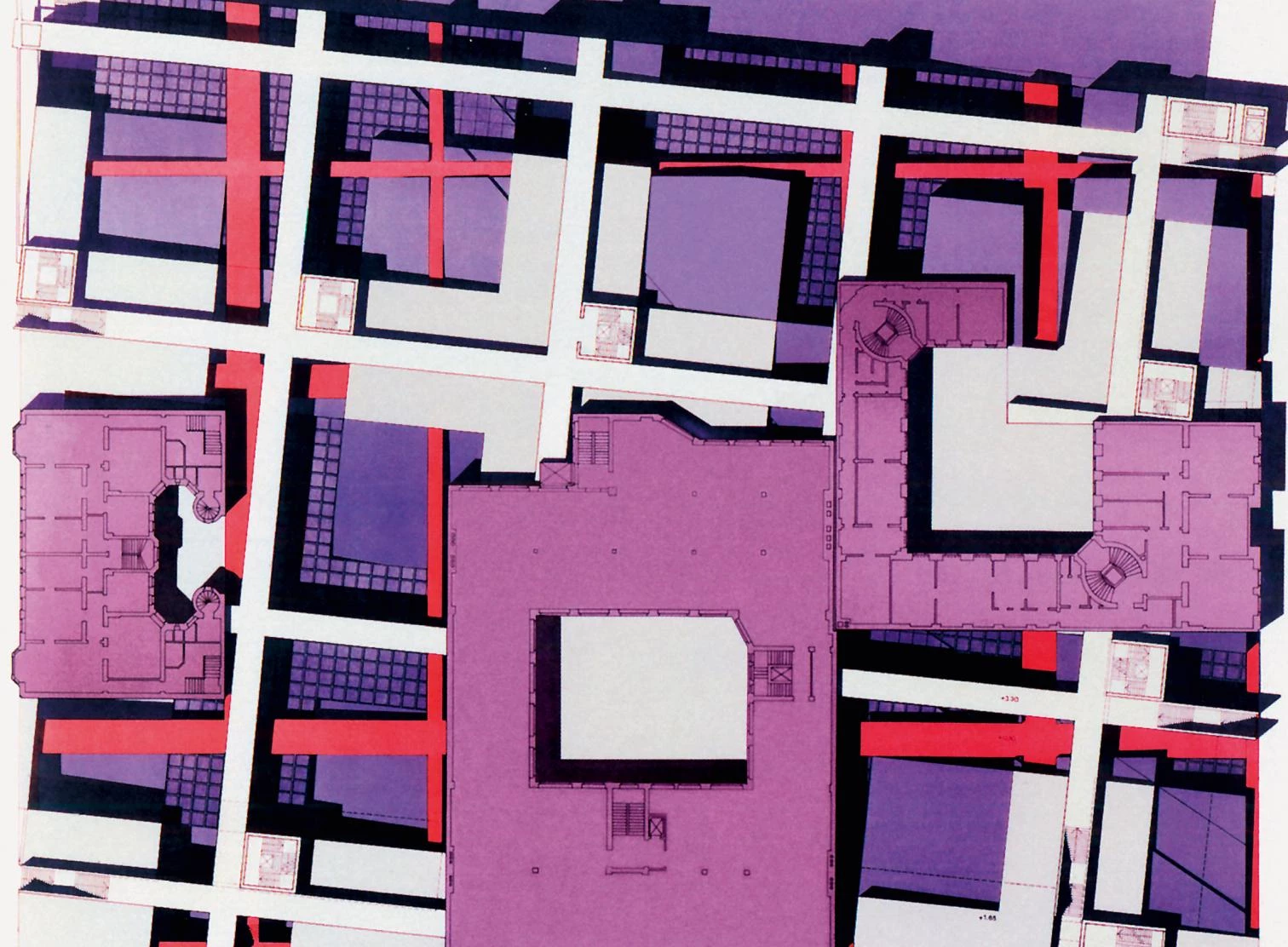
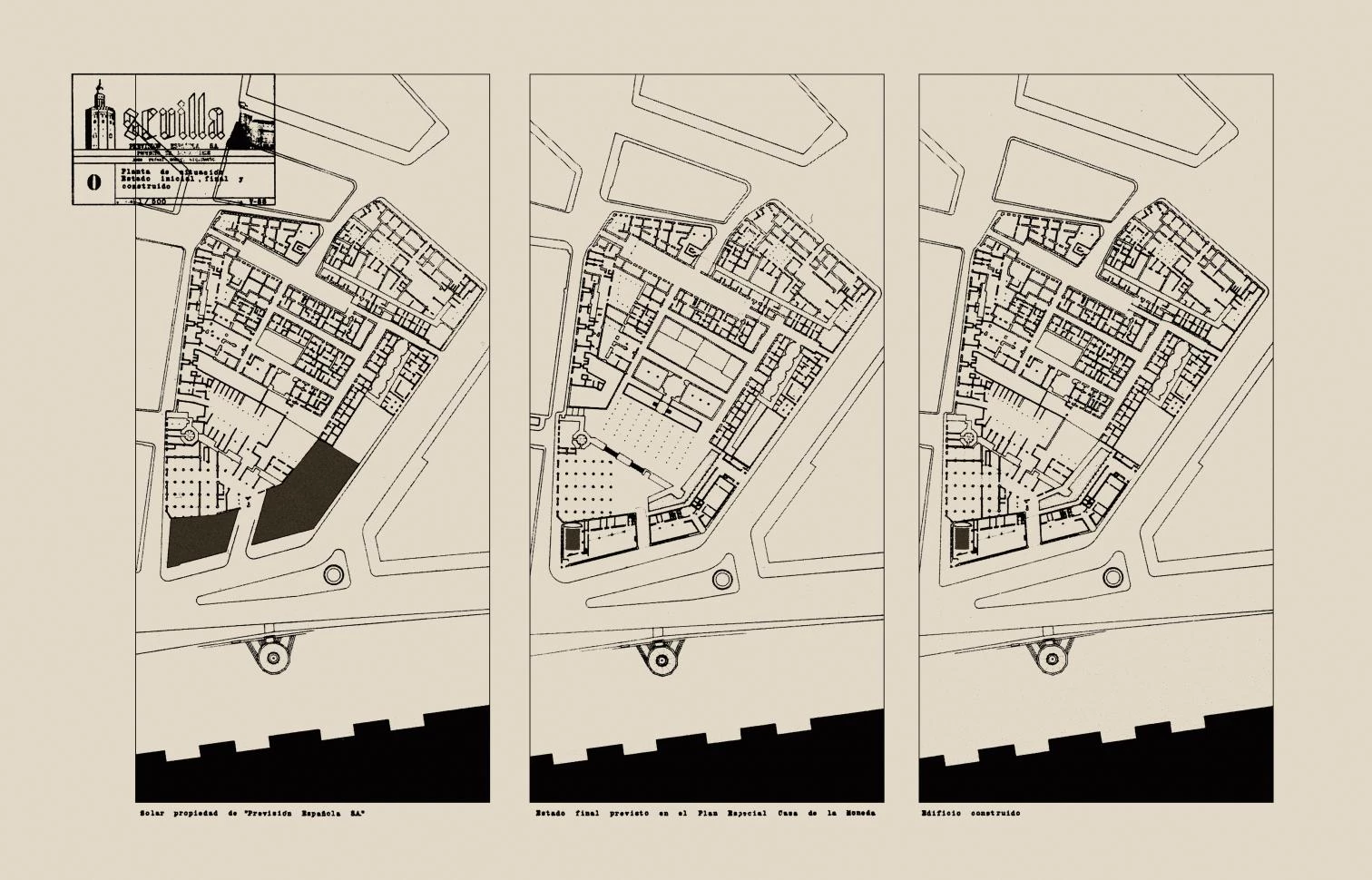
The urban approaches of Rem Koolhaas on New York or of Peter Eisenman on Berlin contrast with the historical analysis of Rafael Moneo in Seville: three architects who inextricably web their work and their thought.
European thought linked up with the solid American academic structure through the New York hinge, where the IAUS of Johnson and Eisenman brought in figures like Rossi and Moneo to the English-speaking scene. It was also there that another canonical book of this half-century took shape, Rem Koolhaas’s Delirious New York. Realist up to the boundary with the surreal, the powerful intelligence of Koolhaas engaged in dialogue with architects like Bernard Tschumi or Eisenman himself, invited the label ‘deconstructivist’ on account of his fascination with Ivan Leonidov, and with his colosal S,M,L,XL invented a genre of architectural literature that would be prolonged by others trained in his office, from the Dutch MVRDV with FARMAX to the Dane Bjarke Ingels and his BIG with Yes is More. These manifesto books have been the most emphatic manifestation of architectural thought and publicity, two sides of a discipline which is a public art and needs the public to exist.
1967-2017
Fifty Books
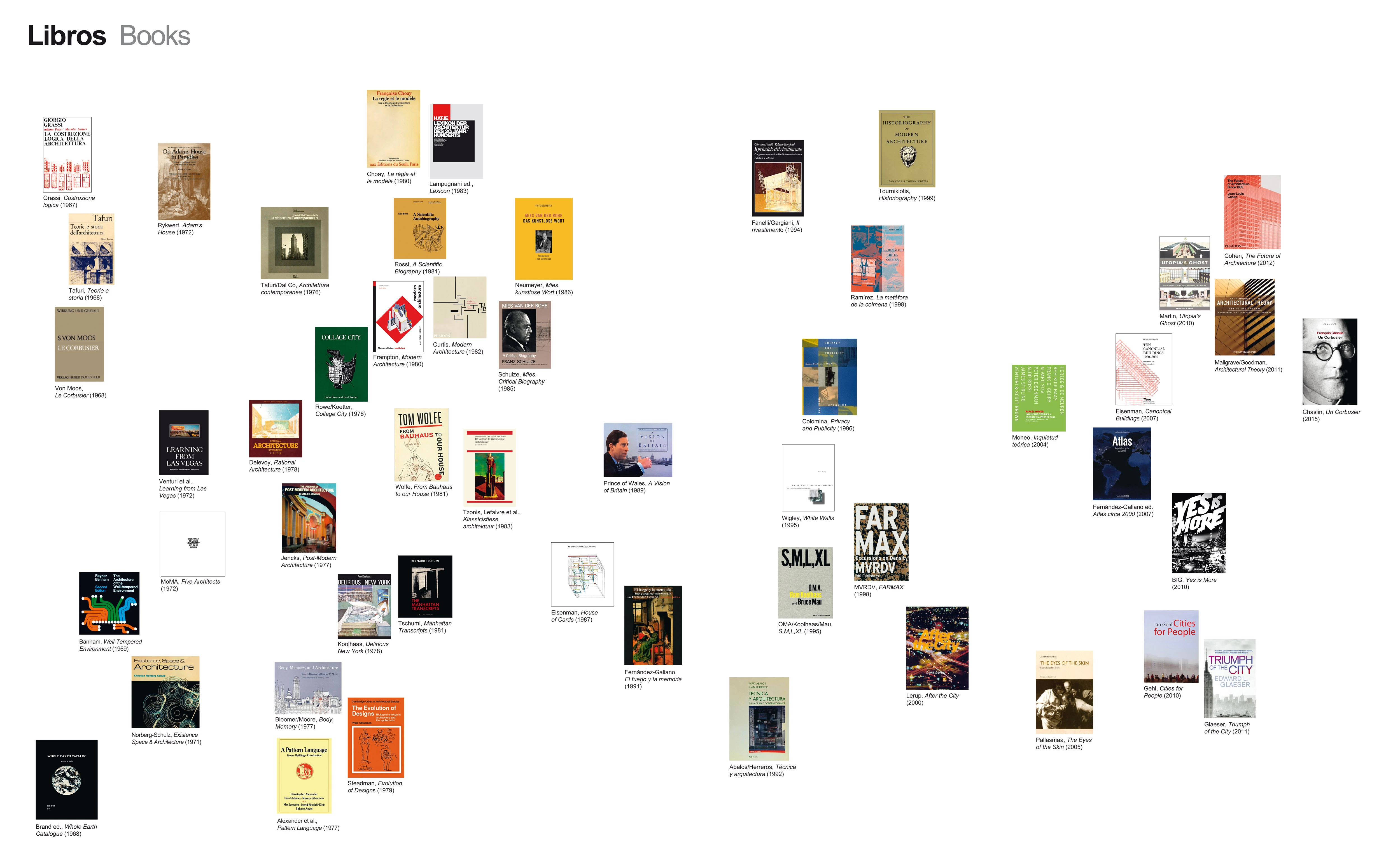
Giorgio Grassi, La costruzione logica dell’architettura (1967)
Manfredo Tafuri, Teorie e storia dell’architettura (1968)
Stanislaus von Moos, Le Corbusier: Elemente einer Synthese (1968)
Stewart Brand ed., Whole Earth Catalog (1968)
Reyner Banham, The Architecture of the Well-tempered Environment (1969)
Christian Norberg-Schulz, Existence, Space and Architecture (1971)
Joseph Rykwert, On Adam’s House in Paradise (1972)
R. Venturi, D. Scott Brown, S. Izenour, Learning from Las Vegas (1972)
Museum of Modern Art, Five Architects (1972)
Manfredo Tafuri, Francesco Dal Co, Architettura contemporanea (1976)
Charles Jencks, The Language of Post-Modern Architecture (1977)
Kent Bloomer, Charles Moore, Body, Memory, and Architecture (1977)
Christopher Alexander et al., A Pattern Language (1977)
Robert Delevoy ed., Rational architecture (1978)
Colin Rowe, Fred Koetter, Collage City (1978)
Rem Koolhaas, Delirious New York (1978)
Philip Steadman, The Evolution of Designs (1979)
Kenneth Frampton, Modern Architecture: A Critical History (1980)
Françoise Choay, La règle et le modèle (1980)
Aldo Rossi, A Scientific Autobiography (1981)
Bernard Tschumi, The Manhattan Transcripts (1981)
Tom Wolfe, From Bauhaus to Our House (1981)
William J. R. Curtis, Modern Architecture Since 1900 (1982)
Vittorio M. Lampugnani, Lexikon der Architektur des 20. Jahrhunderts (1983)
A. Tzonis, L. Lefaivre et al., De taal van de klassicistiese architektuur (1983)
Franz Schulze, Mies van der Rohe: A Critical Biography (1985)
Fritz Neumeyer, Mies van der Rohe: Das kunstlose Wort (1986)
Peter Eisenman, House of Cards (1987)
Prince of Wales, A Vision of Britain (1989)
Luis Fernández-Galiano, El fuego y la memoria (1991)
Iñaki Ábalos, Juan Herreros, Técnica y arquitectura (1992)
Giovanni Fanelli, Roberto Gargiani, Il principio del rivestimento (1994)
OMA/Rem Koolhaas, Bruce Mau, S,M,L,XL (1995)
Mark Wigley, White Walls, Designer Dresses (1995)
Beatriz Colomina, Privacy and Publicity (1996)
Juan Antonio Ramírez, La metáfora de la colmena (1998)
MVRDV, FarMax. Excursions on Density (1998)
Panayotis Tournikiotis, The Historiography of Modern Architecture (1999)
Lars Lerup, After the City (2000)
Rafael Moneo, Inquietud teórica y estrategia proyectual (2004)
Juhani Pallasmaa, The Eyes of the Skin (2005)
Luis Fernández-Galiano ed., Atlas: Arquitectura global circa 2000 (2008)
Peter Eisenman, Ten Canonical Buildings, 1950-2000 (2008)
Bjarke Ingels, Yes is More (2010)
Jan Gehl, Cities for People (2010)
Reinhold Martin, Utopia’s Ghost (2010)
Mallgrave, Goodman, An Introduction to Architectural Theory (2011)
Edward Glaeser, Triumph of the City (2011)
Jean-Louis Cohen, The Future of Architecture Since 1889 (2012)
François Chaslin, Un Corbusier (2015)

